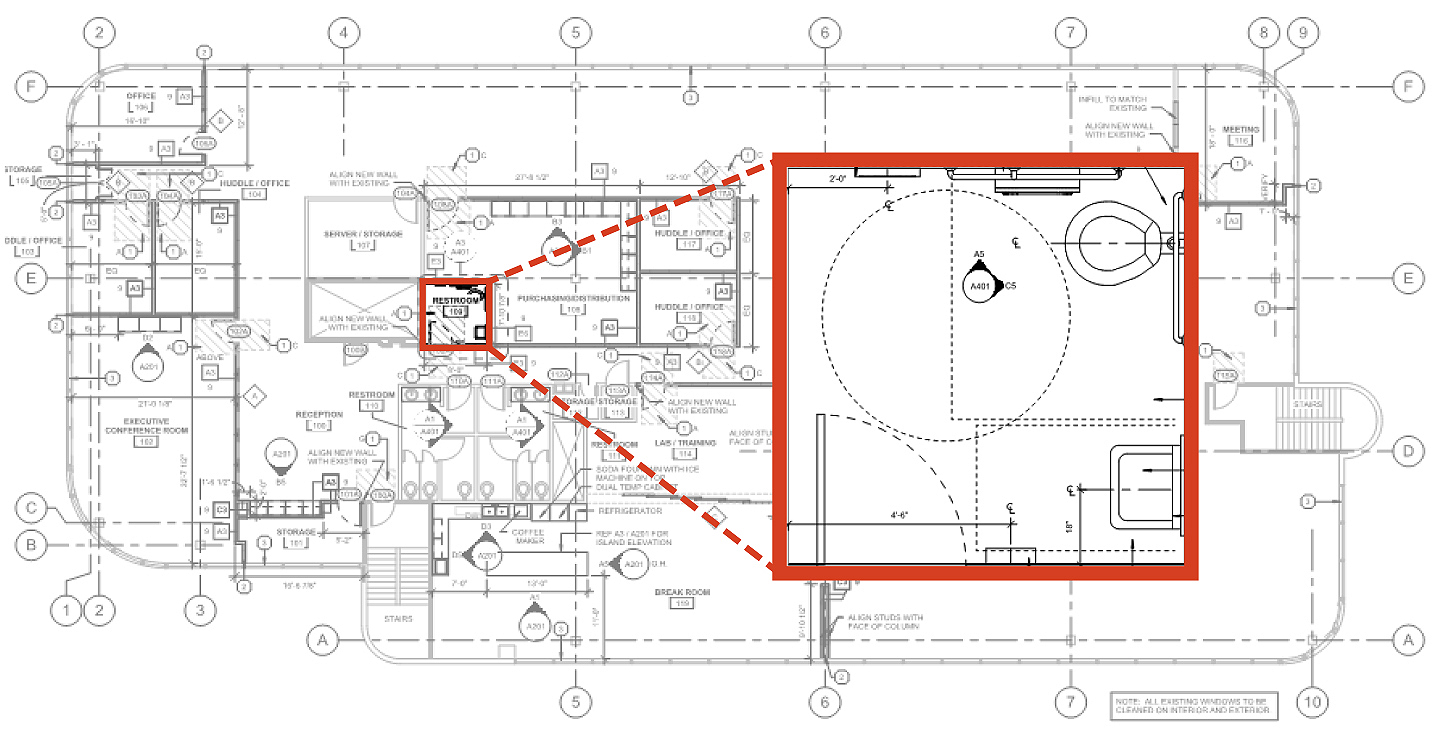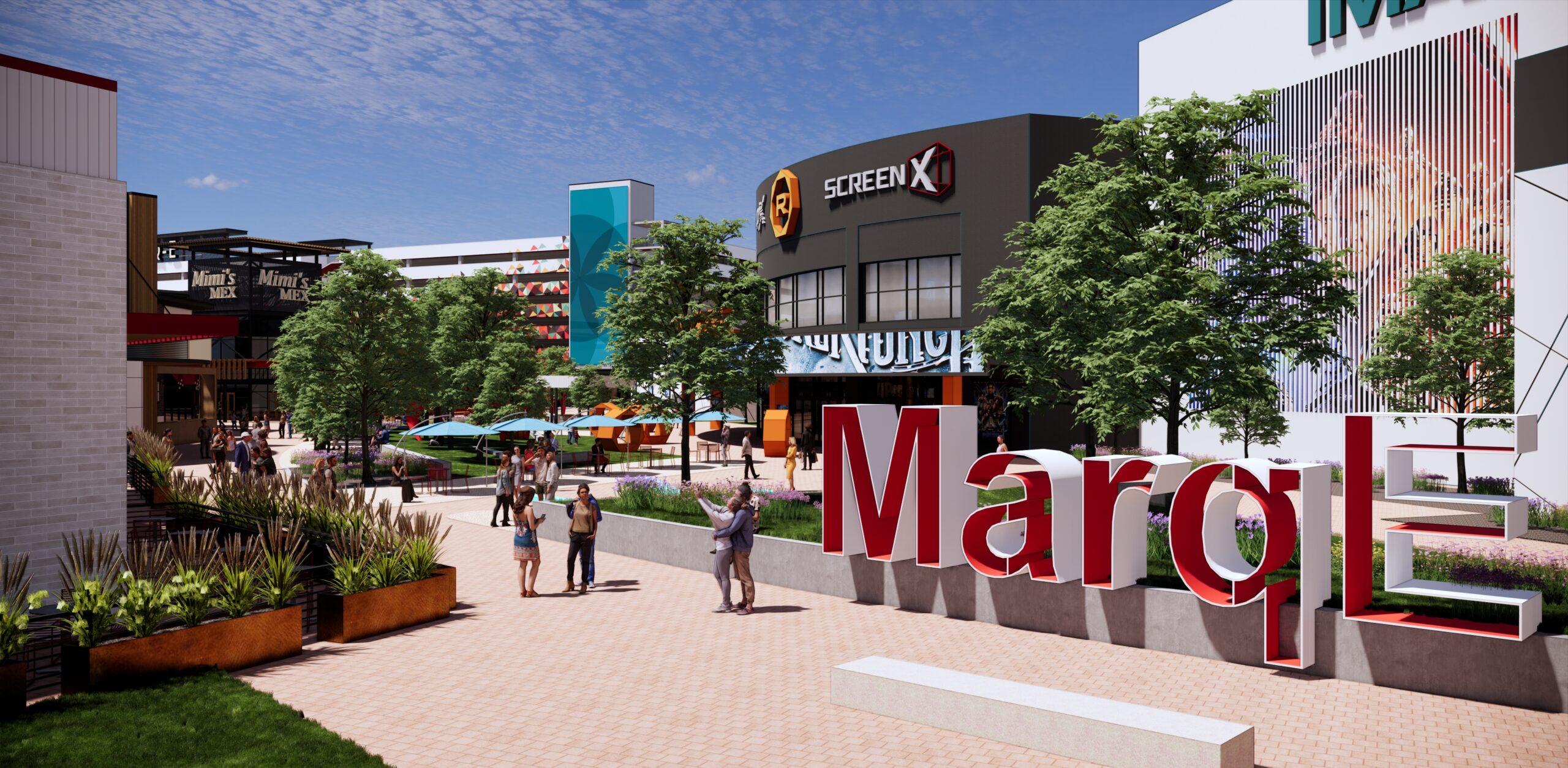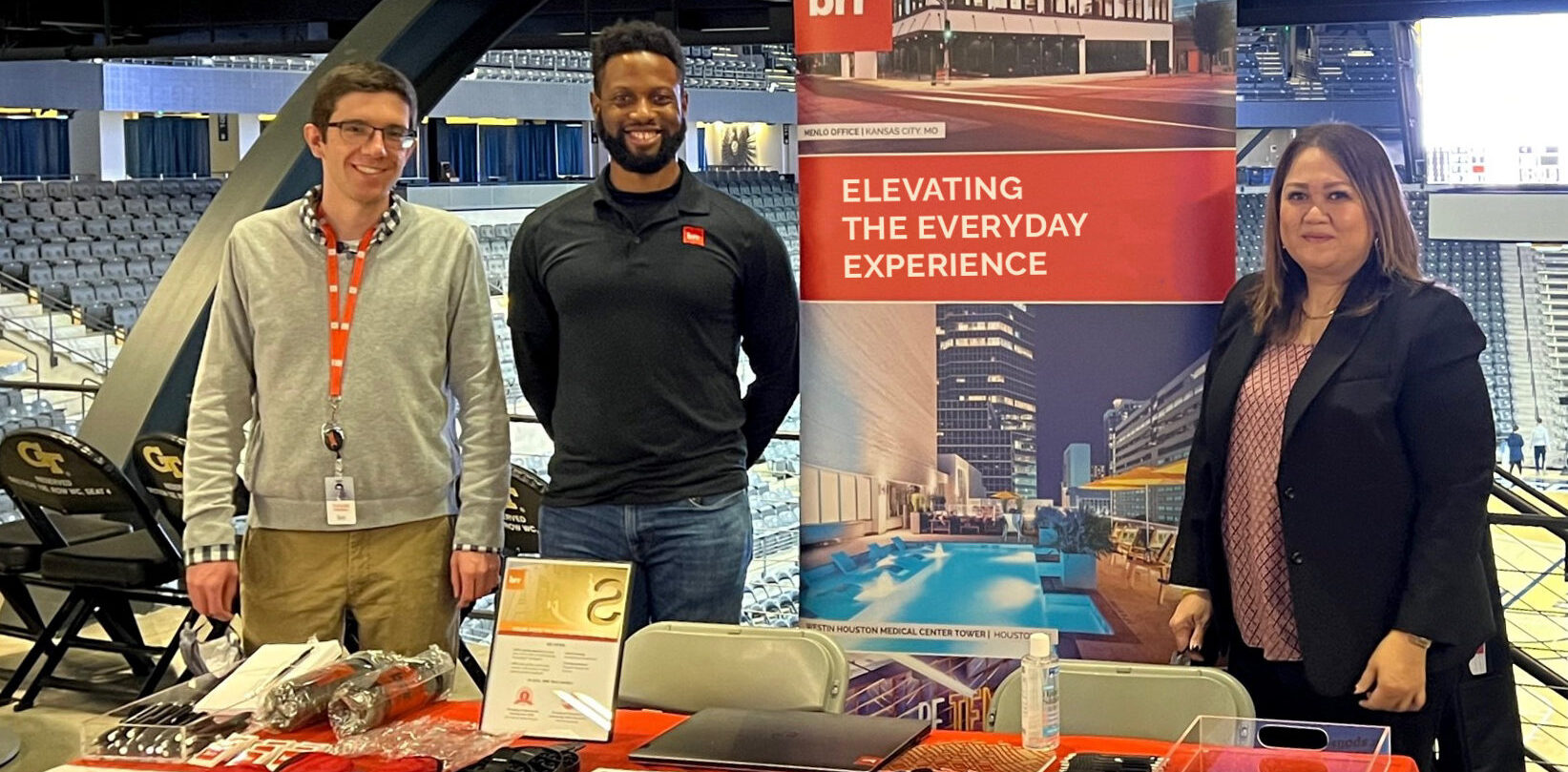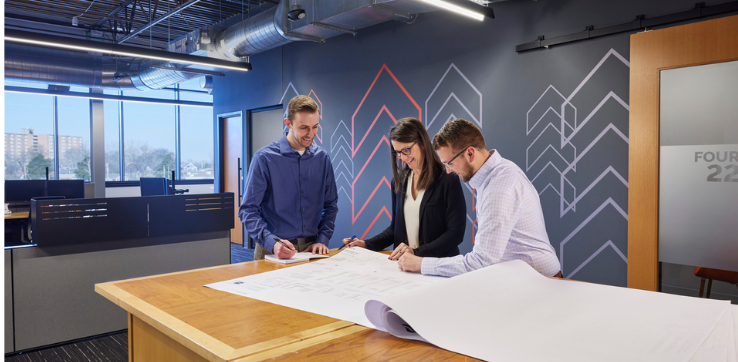The International Existing Building Code (IEBC) is “a model code in the International Code family of codes intended to provide requirements for repair and alternative approaches for alterations and additions to existing buildings.” When it comes to renovating a store or when a retailer takes over as a second tenant in the space, the IEBC offers many advantages to a retailer. There could be more or fewer restrictions when it comes to the tenant improvement project, depending on what was in the space before.
There are three methods of compliance within the IEBC – Prescriptive, Work Area and Performance. Each one of these methods offers a different approach to compliance, which in turns provides flexibility for the owner or developer. The Work Area method is the most used in mercantile/retail projects. This method requires the designer or retailer to classify the scope of the renovation work. Depending on how little/much is being modified will determine the number of restrictions given to the space.
Once a method of compliance is determined, there are a few other factors to keep in mind when remodeling an existing retail space.
ADA Compliance
When partially renovating a space, ADA compliance can be difficult for retailers to navigate. The building code requires 20 percent of the renovation construction budget to be allocated towards upgrades to ADA standards. However — if designers refer to the existing building code, it can provide some ideas or guidance as how to apply these dollars. For example, if a space has the required number of plumbing fixtures, but they are not in compliance, a retailer could add an additional accessible unisex toilet room instead of modifying the existing toilet room. This allows the retailer to maintain the existing toilet rooms and save on potential demolition costs.

Occupant Loads
A few other considerations should be given when planning a mercantile space in an existing building. The first consideration: if the project requires a change in use, it can result in a different occupant load for the building. The occupant load determines the number of egress doors and the direction of the door swings, which can impact the design of the space. Under the existing building code, the retailer must maintain the existing number of exits but in some cases, it may not be required to add more. If the project team is able to minimize any additional openings in the façade, it maximizes valuable floor space for product.

Fire Suppression
Additionally, retail project teams must take fire suppression into account during renovations. 
Per the International Building Code, a mercantile space over 12,000 square feet requires a fire sprinkler. If the existing space is over 12,000 square feet and does not currently have a fire sprinkler, a fire sprinkler system may be required. However, if the required water pressure for the fire sprinkler system cannot be achieved without the addition of a fire pump, the fire sprinkler system will not be required. Obviously, this can have a significant impact on the overall project budget.
While the International Existing Building Code has been around for many years, the International Building Code removed the chapter on existing buildings, thus requiring jurisdictions to adopt the IEBC. Referring to the IEBC can often help retailers maintain many of the attributes of an existing space while also producing some cost savings. When choosing a new site, it is necessary for the project team to review and refer to the code, especially pertaining to whether it comes to the site consideration, ADA compliance, or change in occupancy, so as to create efficiencies within the remodel project.
About the author:
Jennifer Lehmkuhl Corkrean, AIA, LEED Green Assoc., is an Associate and Program Manager in our Kansas City office. Jennifer’s experience covers projects in the retail, commercial, grocery and mixed-use markets. She currently leads one of our retail client account teams, and is actively involved in all project phases, including design development and review, entitlement, construction documentation and administration, and coordination between engineering consultants and the client. Email her.



